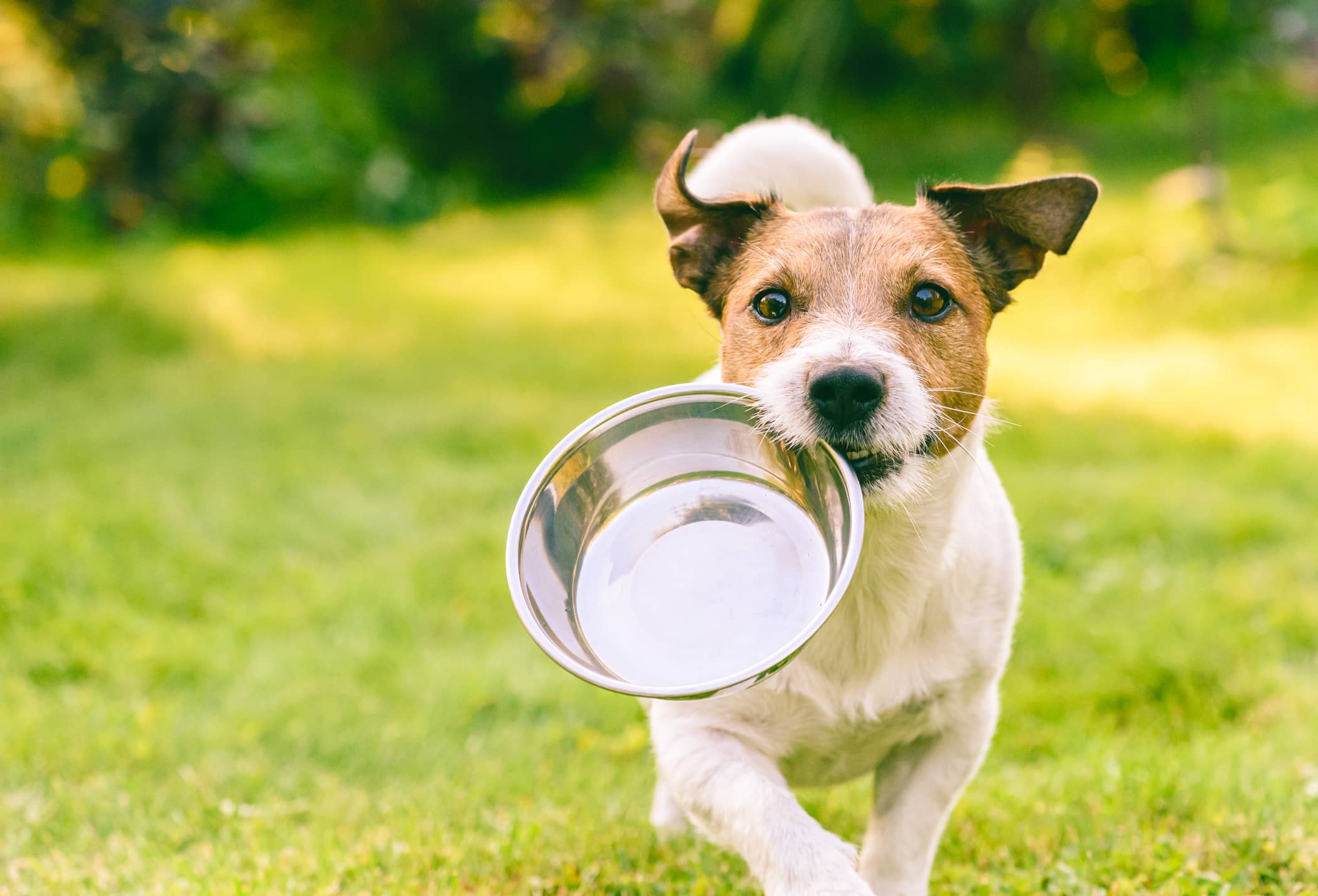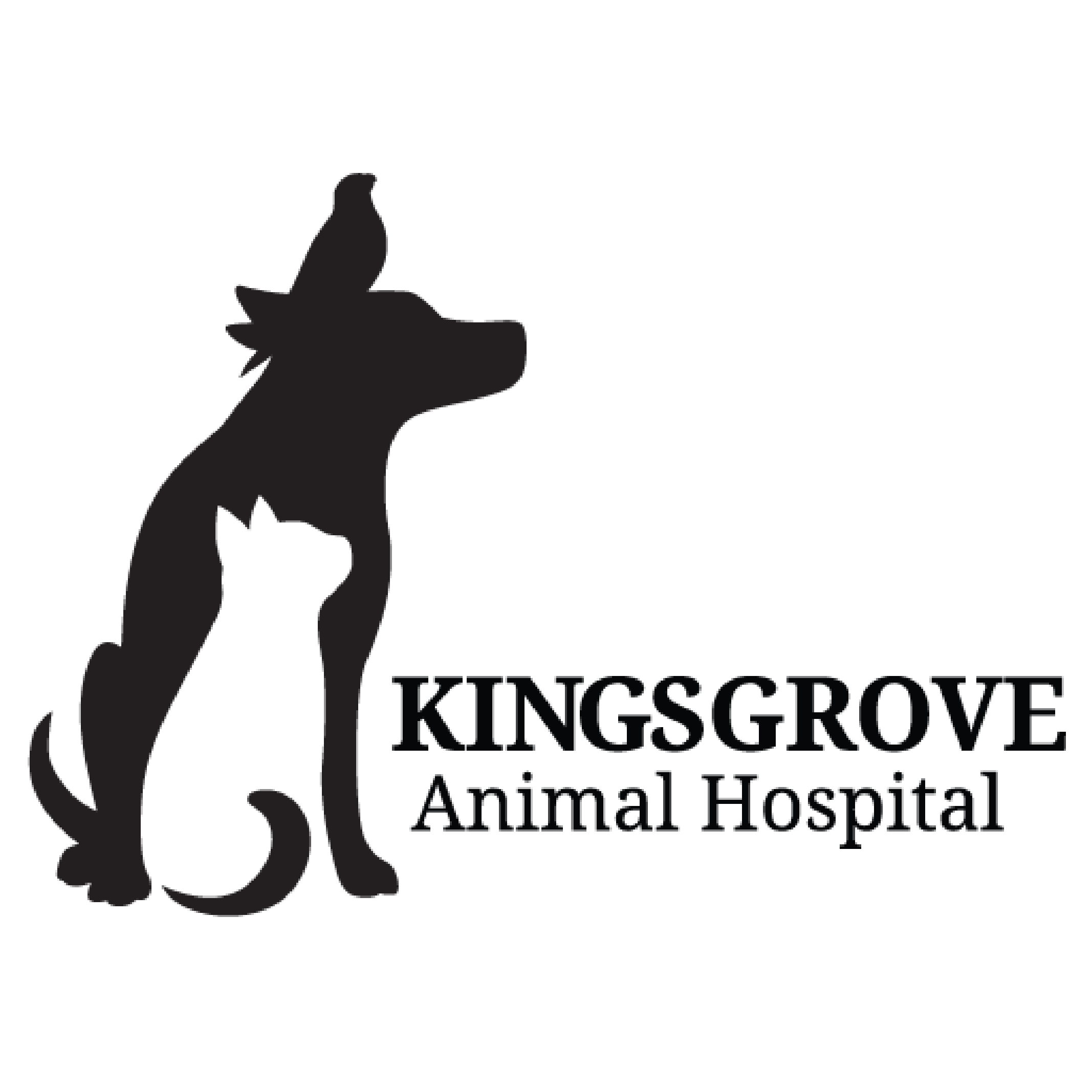
27 Sep Possible Reasons Why Your Dog Isn’t Drinking But Eating

Possible Reasons Why Your Dog Isn’t Drinking But Eating
It’s always concerning when your dog refuses to drink water. You might notice they’re still eating well, but for some reason, their water bowl stays full. This situation can be stressful because water is essential for your dog’s health. Dehydration can lead to serious problems, and as a pet owner, you naturally want to ensure your dog stays safe and healthy.
So why is my dog not drinking water but eating? Let’s explore some common reasons behind this behaviour:
- Illness or pain
- Dehydration
- Behavioural issues
- Water source problems
- Changes in diet
- Medication side effects
- Age-related factors
- Environmental factors
Possible causes why your dog isn’t drinking water but eating food
1. Illness or pain
Sometimes, if a dog isn’t feeling well or is in pain, they might avoid drinking water. This could be due to a mouth injury, dental problems, or even a more serious health issue. If this happens, it’s a good idea to check with your vet.
2. Dehydration
If your dog isn’t drinking enough water, they could become dehydrated. Dehydration can make a dog feel worse, and they might avoid water even more. Watch for signs like dry gums, lethargy, or a dry nose, and consult a vet if you’re concerned.
3. Behavioural issues
Sometimes, dogs might not drink water because of behavioural reasons. They could be stressed, anxious, or simply picky about when and where they drink. Changes in their environment or routine can also cause this behaviour.
4. Water source problems
The water itself might be the issue. If the water is dirty, has a strange smell, or if the bowl is uncomfortable for them to drink from, your dog might avoid it. Make sure the water is clean and fresh, and that the bowl is easy for your dog to access.
5. Changes in diet
A change in your dog’s diet, especially if their new food is moist or contains more water, might make them feel less thirsty. They might be getting more water from their food and feel less need to drink separately.
6. Medication side effects
Some medications can cause dogs to feel less thirsty. If your dog is on any medication, check with your vet to see if this could be a side effect.
7. Age-related factors
As dogs get older, their habits and needs can change. An older dog might drink less water due to reduced activity levels or age-related health issues. Keep an eye on their overall behaviour and consult with your vet if you notice significant changes.
8. Environmental factors
Changes in the environment, like a new home, different weather, or a new water bowl location, can affect a dog’s drinking habits. If it’s hotter or colder than usual, or if something in their surroundings has changed, your dog might drink less water.
If your dog won’t drink water, try these methods
If your dog isn’t drinking water, here are some simple things you can try to help them:
- Change the Water Bowl: Sometimes, the bowl itself might be the problem. Try using a different bowl — your dog might prefer a new shape, size, or material.
- Change the Water: Make sure the water is fresh and clean. If your dog still isn’t drinking, try using filtered water or bottled water to see if that makes a difference.
- Flavour the Water: You can add a little bit of low-sodium chicken broth or a splash of tuna juice to the water to make it more appealing to your dog.
- Offer Different Drinking Options: Try giving your dog water in different ways. This could mean using a pet water fountain, offering ice cubes, or even trying a different type of water bowl.
- Hydrate with Wet Food: If your dog eats dry food, try adding some wet dog food or a little water to their kibble. Wet food contains more moisture, which can help keep your dog hydrated.
- Routine and Location Changes: Move the water bowl to a different spot or try offering water at different times of the day. Sometimes a simple change in routine can make a difference.
- Encourage Drinking: Gently encourage your dog to drink by bringing them to the water bowl. You can also praise them or give them a treat when they do drink.
- Make It a Game: Turn drinking water into a fun activity. You can use a splashy water toy or let them play with ice cubes, making it more interesting for them.
- Use a Syringe or Dropper: If your dog still won’t drink, you can try giving them water directly using a syringe or dropper. Do this carefully and gently to avoid stressing them out.
- Consult a Vet: If your dog still refuses to drink water, it’s important to talk to your vet. They can check for any underlying health issues and provide further advice.
Frequently asked questions
How do you hydrate a dog that won't drink?
If your dog isn’t drinking water, you can try giving them wet food, adding water or broth to their food, or offering ice cubes as a treat. You can also flavour the water with a little chicken broth to make it more appealing. If they still refuse, try giving them water using a syringe or dropper, but do this gently. If you’re worried, it’s always best to consult your vet.
Why is my dog not drinking water but still peeing?
If your dog is still peeing but not drinking much water, they might be getting fluids from other sources like wet food or treats. However, it could also be a sign of a medical issue, especially if this behaviour is new. It’s a good idea to monitor your dog and talk to your vet if the problem continues.
Why is my dog struggling to drink water?
If your dog seems to have trouble drinking water, it could be due to pain in their mouth, teeth, or throat. It could also be a sign of a more serious health issue. If you notice this, it’s important to take your dog to the vet for a check-up.
How long can a dog go without drinking water?
Dogs generally shouldn’t go without water for more than a day. While they might be okay for a short time, lack of water can quickly lead to dehydration, which is dangerous. If your dog isn’t drinking, try to encourage them and seek veterinary advice if needed.
How can I help my dog keep water down?
If your dog is drinking water but then vomiting it back up, they might be drinking too fast, or there could be an underlying health issue. Try giving them small amounts of water at a time and make sure they’re drinking slowly. If the problem continues, consult your vet.
How often should dogs drink water?
Dogs should have access to fresh water at all times. On average, they should drink about one ounce of water per pound of body weight each day. However, factors like hot weather, activity level, and diet can affect how much they need to drink. Make sure they always have water available and encourage them to drink regularly.
It might be time to seek professional veterinary help
It’s normal for dogs to occasionally drink less water, especially if they’re eating wet food or if the weather is cooler. However, if your dog consistently refuses to drink water, seems lethargic, has dry gums, or shows other signs of dehydration, it’s time to be concerned. Persistent issues with drinking water can indicate underlying health problems that need attention.
If you’ve tried different methods to encourage your dog to drink and nothing seems to work, or if your dog is showing other worrying symptoms, it’s essential to seek professional help.
If you’re worried about your dog’s hydration or overall health, don’t hesitate to contact Kingsgrove Animal Hospital. We can provide the care and advice your dog needs to stay healthy and hydrated. Call (02) 9789-6648 or contact us here.





Sorry, the comment form is closed at this time.